- China and Pakistan will jointly build a railway between the two oceans to create a strategic corridor

The China-Brazil Interoceanic Railway Project will connect the South American continent and become a strategic corridor connecting the Atlantic and Pacific Oceans. This major infrastructure cooperation project is about 5,000 kilometers long, with a total investment of more than US$60 billion and a construction period of about 10 years, from the port of Santos in Brazil in the east to the port of Chancay in Peru in the west.
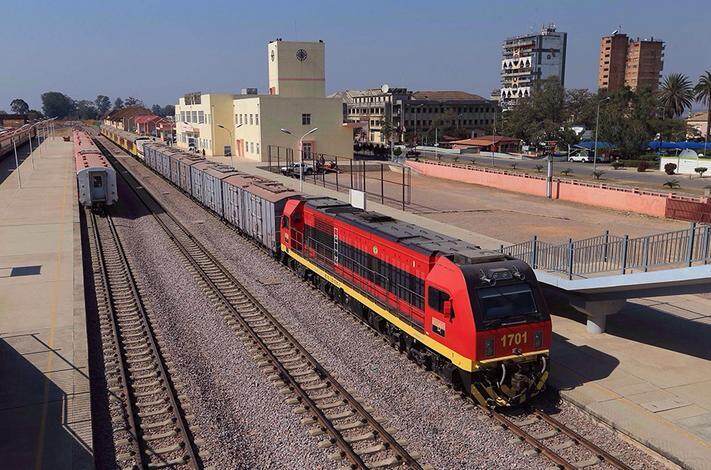
Strategic significance of the project
The project is strategically important and economically valuable. First, the completion of the railway will significantly reduce freight times between Asia and the east coast of South America, saving about 15 days compared to the traditional Panama Canal route. Second, it will effectively promote regional economic integration in South America, and is expected to increase regional trade by more than 30%. At the same time, as an important extension of the Belt and Road Initiative in South America, the project will fill the gap in east-west railway transportation on the South American continent and improve the global logistics system.
Project Update
Substantial progress has been made in the project. In 2023, China and Brazil signed a memorandum of cooperation and established a joint working group, and completed preliminary work such as feasibility study, route survey and financing scheme design. China will give full play to its advantages in technology and experience in the field of railway construction, and form complementary advantages with Brazil's rich mineral resources.
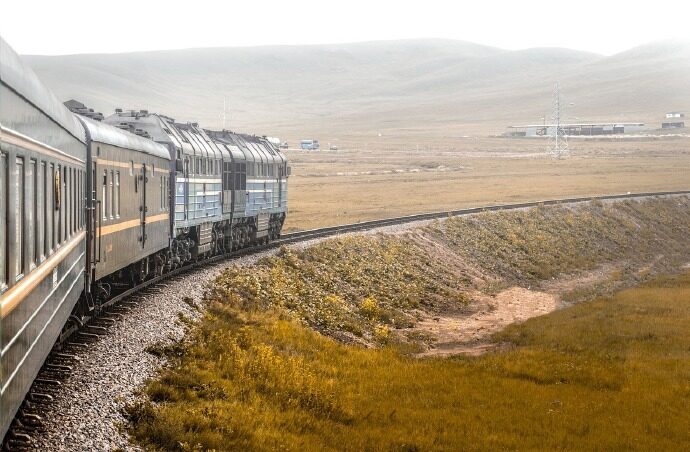
Construction is challenging
The construction of the project faced three major challenges: first, it needed to cross the complex terrain of the Andes Mountains at an altitude of 4,800 meters; second, passing through ecologically sensitive areas such as the Amazon rainforest; Third, it involves multi-country policy coordination. All of these factors will increase the difficulty of the project.
Future development prospects
Looking ahead, the project is expected to start the construction of the pilot section in 2025, which will achieve an annual value of more than 100 billion US dollars, create 50,000 jobs, and reduce regional logistics costs by 40%. This will not only reshape the infrastructure landscape of South America, but also set a new benchmark for China-Brazil strategic cooperation. As a land passage connecting the two oceans, the two-ocean railway will surely become an important engine for promoting regional development.(This article is from the official website of Seetao www.seetao.com. Reprinting without permission is strictly prohibited. Please indicate Seetao.com + original link when reprinting) Seetao.com Strategy Column Editor/Sun Fengjuan
Comment
 Praise
Praise
 Collect
Collect
 Comment
Comment
 Search
Search




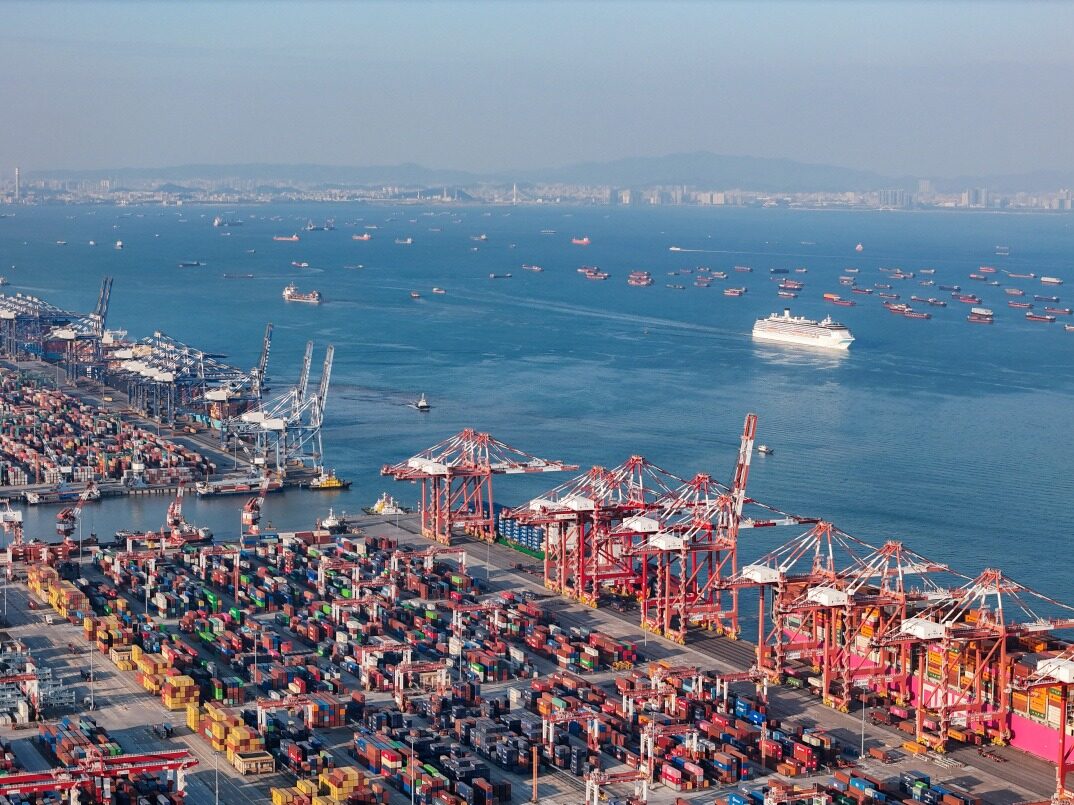

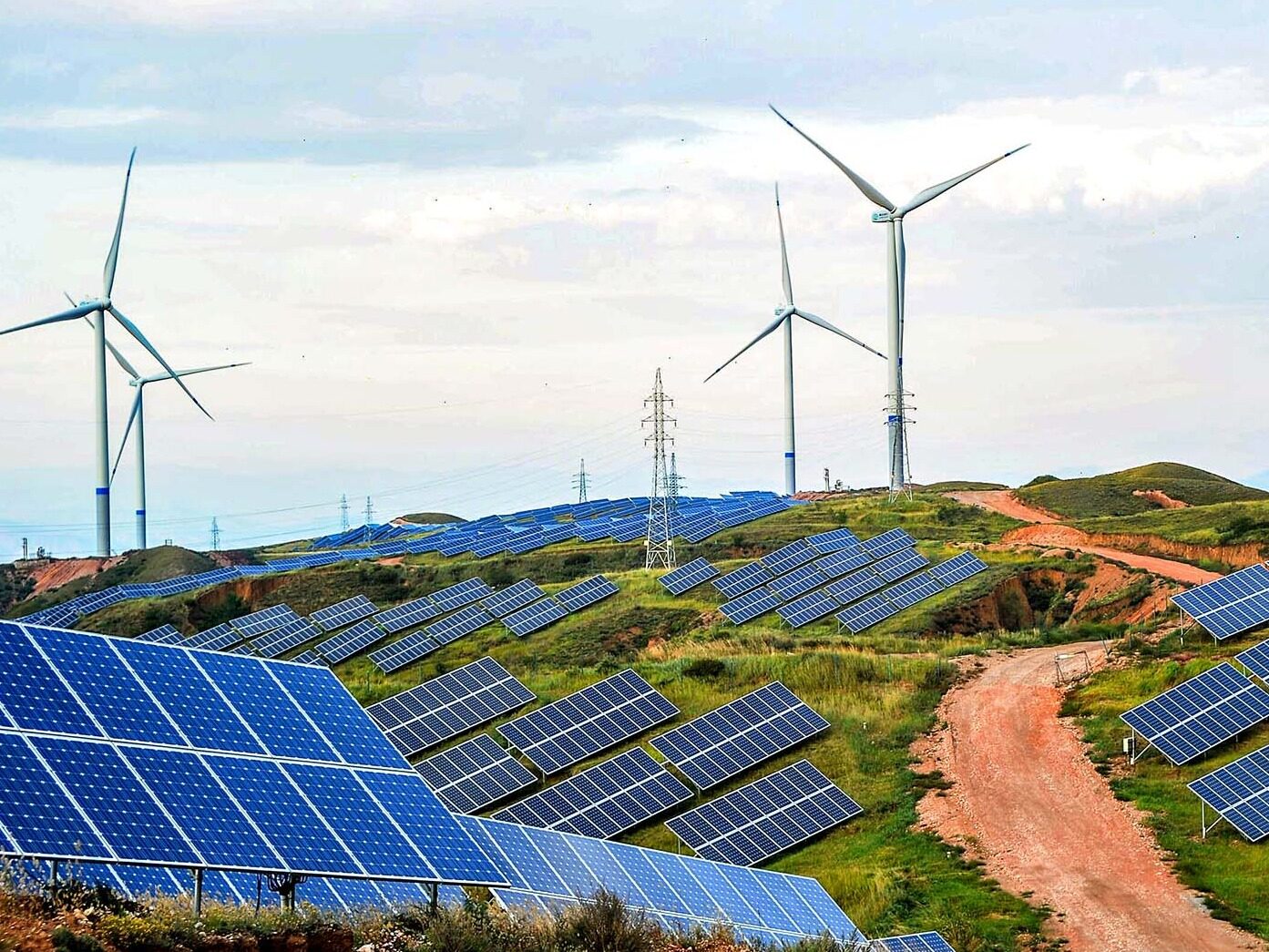
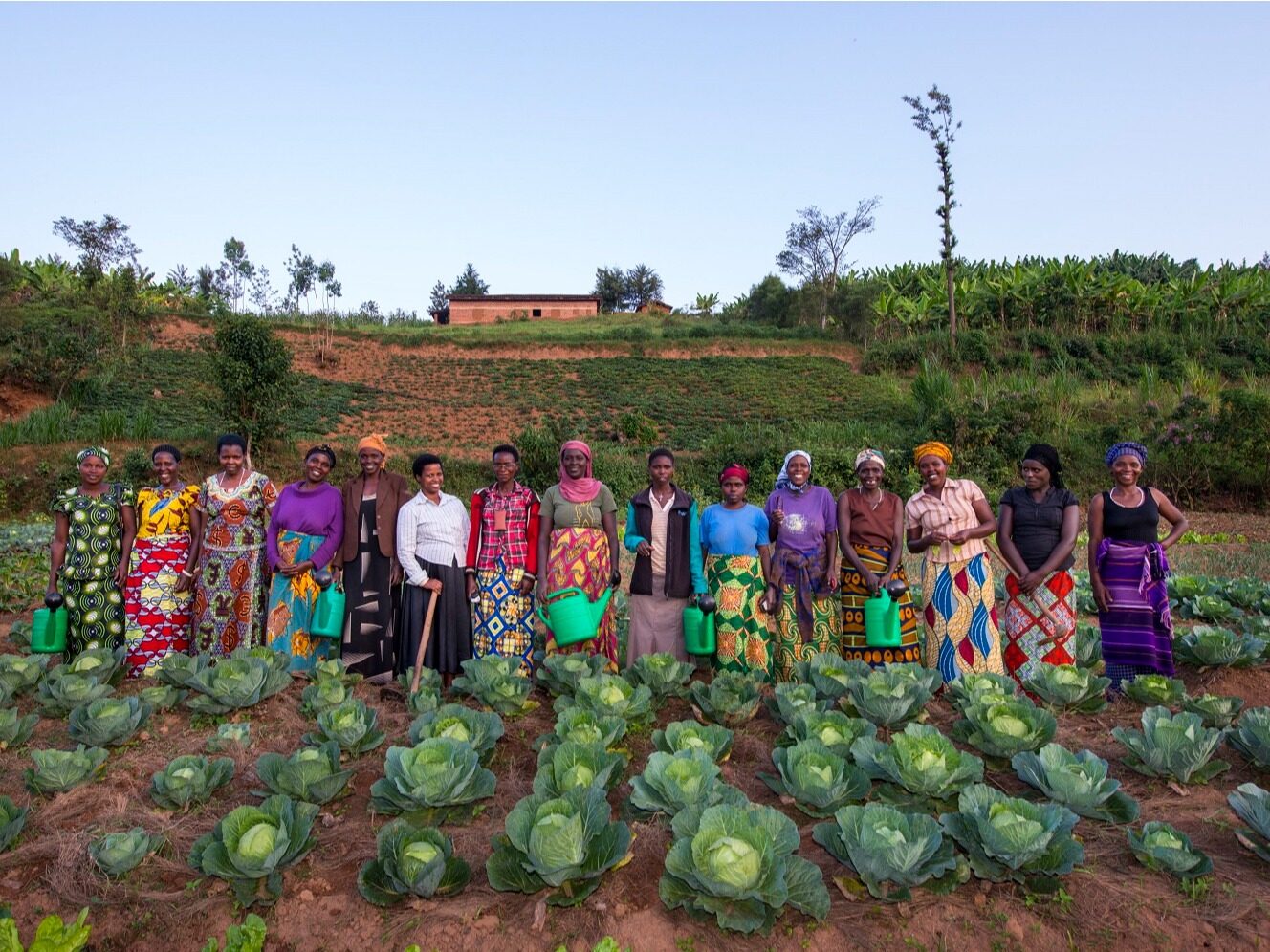






Write something~